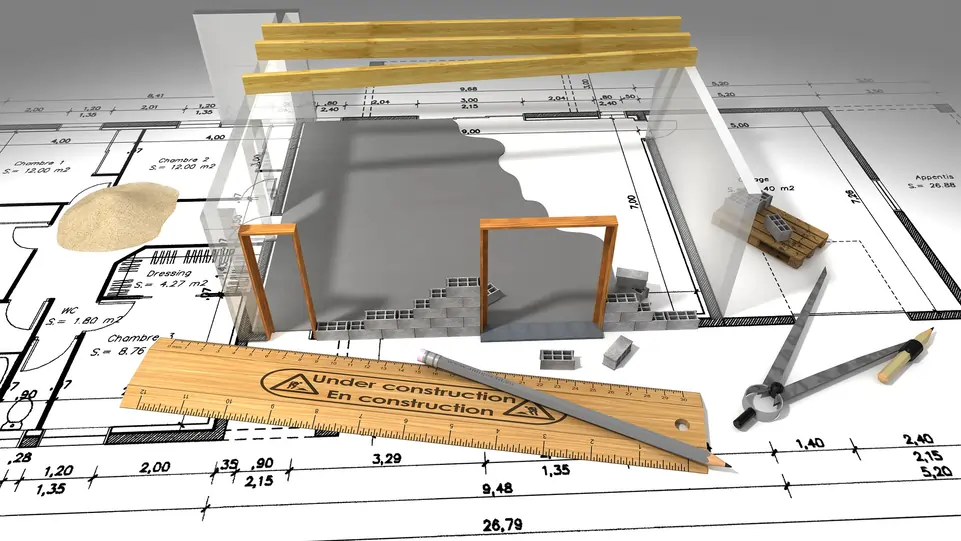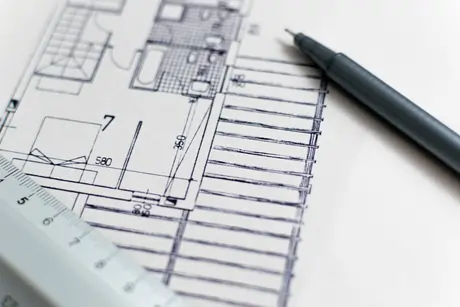We all know that architecture is a very high-rewarding profession that requires immense talent and an eye for detail. However, there is another real-world aspect to this field, one that involves a lot of structural knowledge, building information, design principles, and functional planning such that the residents, owners, and renters are all satisfied with the outcome.
While graduating from The American Institute of Architects does have a certain cachet, over a period of time, the architectural design concepts, building codes, and requirements for sustainability evolve to accommodate the growing needs of the human race. Just like doctors, Architects are required to remember a massive array of information that keeps changing.
Nevertheless, professional practices have been offered special aid in the form of a book to keep them updated on every nuance of the field. It is like a Bible for Architecture that comes in Hardcover for those who prefer a concrete source for their structural calculations and sustainable design.

Image credits: pinterest.com
Read also – Wonders of the world Architectural Marvels
The Architectural Graphic Standards is a reference book that was published back in 1932 for all aspirants so they could build structures and substructures up to code. There is also an Architectural Graphic Standards online edition that all professional designers can refer to at any time without having to carry around the fundamentals of design theory.
Since the first edition contained information on structural calculations, production process, and building design best suited for 1932, a second edition was soon published with updated information. Seeing as how rapidly the interior design trends and facilities for building construction have evolved over time, the following editions were constantly updated.
American Institute of Architects or AIA recommends that every architect, both practicing and aspiring must have a copy of the latest edition of Architectural graphic standards. Classic architectural elements are upgraded and designed for better sustainability with the use of high-quality composites. The book provides a detailed analysis of all such elements.
Here are a few key elements covered in the appendices of the latest 12th edition of Architectural graphic standards
An exhaustive survey of building elements has been used to formulate new design principles involved in building construction. Everything from building elements, site works, service quality, special structures, and types of equipment needed for the job are mentioned in detail.
The functional planning, resiliency of buildings, structural calculations, sustainable design trends, interior design, Architectural construction documentation are shared in excruciating detail.
The viable use of certain materials such as plastic, concrete, wood, composites, metals, glasswork, and masonry is explained.
The latest edition offers graphic design of building schematics and almost 70 percent new content based on technological developments that influence the field of architecture.
The influence of building elements in manipulating acoustics, safety, sustainability, security, circulation, and more.
The effect of environmental factors, climatic changes, etc. that heavily affects functional planning.
The authors of the original book were Charles George Ramsey and Harold Sleeper. The first few editions were edited and reedited to accommodate new and improved design principles.
The 12th edition ISBN code for the book is 978-1-118-90950-8 and is available on the official Wiley website. The publishers at John Wiley & Sons, Inc. have taken measures to verify the details contained in the appendices of this book. Given that it is a reference book that technically affects not only the New York skyline but global cities, it is important that the production process involved a thorough authentication.
The Architectural graphic standards is a continuation of the Ramsey/Sleeper architectural graphic standards series that is updated and brought to you by Dennis J. Hall is a renowned forensic architect who serves on boards of major architectural committees and institutions including The American Institute of Architects, American Arbitration Association, The Associate General Contractors, and several others. He is also the founder of the renowned Hall Architects Inc.
Image credits: cellcode.us
Read also – 3D Architecture Software To Create Better Designs
The Guide to Building Information Modeling
Another prominent architectural figure associated with this book is Nina M. Giglio who is also a published author for several other architectural gems. Her innate knowledge about the contents of AGS has been a remarkable contribution that helps architects and designers alike.
There are other similar books that help professional practices uphold the standards of building construction. One such book is the BIM handbook that is commonly known to professionals as a ‘Guide to Building Information Modeling.’ It provides detailed analysis and calculations, not to mention new and improved design trends that are helpful to building contractors, architects, engineers, Designers, Owners, and managers alike.
For a book that was compiled with information in a span of only a few months, the information in BIM is quite extensive. The primary author is a professor, Charles M. Eastman who worked with researcher Rafael Sacks and two more contributors namely, Kathleen Liston and Paul Teicholz. The information contained in this book of 650 pages is also a holy grail for architects and designers.
The American Institute of Architects has made major contributions to John Wiley & Sons, Inc.’s publication of The Architectural Graphic Standards thereby making it the more popular choice and a heavy recommendation for all beginners and professionals alike.
Image credits: target.com
Read also – Tips To Improve Your Architectural Visualizations
Conclusion
If you are an aspiring architect and wish to make a name for yourself, we suggest you acquire the latest edition of the Architectural Graphic Standards. You can refer to BIM too for more detailed knowledge on the subject but AGS is a must-have for you.
Professional practices must refer to this book for all the latest building standards before they start construction. If you are starting your own architectural firm or already have one in partnership with other architects then get a copy of Architectural Graphic Standards for reference in your personal library.
The Wiles website is offering the book for a small price of $260 which is nothing compared to the amount of money you will end up spending if your building is not up to code. It is good for owners, builders, engineers, and design consultants too. All the appraisals and code checks conducted by government bodies are also based on this book.
It is like any profession actually. Doctors and medical professionals have to refer to countless reference materials before they start their practice. Lawyers, Barristers, and all law enforcement professionals have a defined set of codes, addendums, penal laws, that they have to be familiar with before they delve into practice.
Similarly, architects and design professionals must be absolutely certain that the building elements they use to construct are up to high-quality standards. The structural calculations not only help in determining the layouts and load-bearing of buildings but also help in developing formative principles. How much mortar or concrete should be mixed, what is the percentage of the elements in the composite, and how the functional planning will yield results?
The drywall, air and natural light circulation, installation of pipe-fittings, and various other factors are directly contingent on the structural elements. Therefore, aspiring or practicing, you need to be thoroughly familiar with design principles.
You can also play with acoustic elements if you know how to manipulate these entities for enhancements such as the one you see in the Museum of Natural History in New York.











Leave A Reply